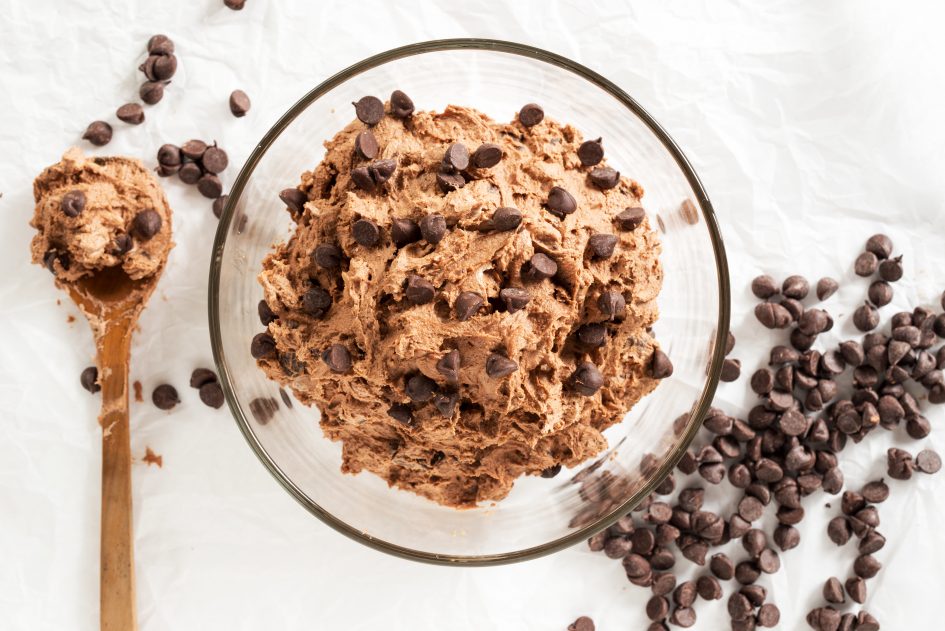Is Raw Cookie Dough Safe to Eat?
It can be challenging to prepare a batch of homemade cookies without snagging a scoop of the dough before popping them in the oven – it might even be a fond childhood memory. But you’ll want to read on to see what the experts recommend when it comes to eating raw cookie dough before you make your next batch!
Don’t taste, eat or play with raw dough of any variety. Many cite the raw egg in dough as the culprit that could make you sick (and it can: salmonella can be found in raw eggs), but there is another reason experts strongly advise against eating raw dough that doesn’t have to do with eggs:
- Flour is raw.
It might be overlooked on packages of flour, but there should be a warning that the product is raw and should not be consumed prior to cooking, something along the lines of: “Raw flour is not ready-to-eat and must be thoroughly cooked or baked prior to eating to prevent illness caused by bacteria in the flour. “ - “Raw” means it hasn’t been treated to kill dangerous bacteria like E. coli (Escherichia coli).
Bacteria like E. coli are killed when foods prepared with flour are cooked thoroughly. - If eaten raw, cookie dough could make you pretty sick.
Symptoms of food poisoning from E. coli generally arise three or four days after exposure and include severe stomach cramping, diarrhea with bloody stool and vomiting. Most recover within a week, but some individuals might be more susceptible to other serious complications and illnesses, such as hemolytic uremic syndrome (HUS), which can cause kidney failure.
Tips to Prevent Food Poisoning
- Follow package instructions for proper cooking temperatures and durations.
- Do not play with raw flour to make flour crafts, such as homemade playdough or holiday ornaments.
- Wash hands, work surfaces and utensils thoroughly after contact with flour and raw-dough products.
- Keep raw foods separate from other foods when preparing them to prevent any contamination that may be present from spreading. Keep in mind: Flour may spread easily because of its powdery form.
- Follow directions to chill products containing raw dough promptly after purchasing until cooked or freeze for extended storage. Check your refrigerator temperature – experts recommend refrigerators should be 40 F or cooler (even though many say 37 F is optimal) and freezers should be no higher than 0 F to ensure food safety.
- Store flour in its own container, away from other foods.
- Keep raw products like flour and meat in separate bags when shopping, and wash reusable shopping bags often to prevent the spread of bacteria.
- Avoid using your phone while cooking or wash your hands before doing so.
- Do not make homemade cookie-dough ice cream. Cookie-dough ice cream sold in stores contains dough that has been treated to kill bacteria. When purchasing cookie-dough-flavored ice cream, check the ingredients to be sure treated flour and pasteurized eggs are included.
Sources
“Say No to Raw Dough!,” Centers for Disease Control and Prevention, cdc.gov, last reviewed June 3, 2019.
“Raw Dough’s a Raw Deal and Could Make You Sick,” U.S. Food and Drug Administration, fda.gov, Dec. 4, 2017.
“Seven Food Safety Mistakes You Must Avoid Now,” Trisha Calvo, consumerreports.org, Sept. 7, 2018.


1 Pingback